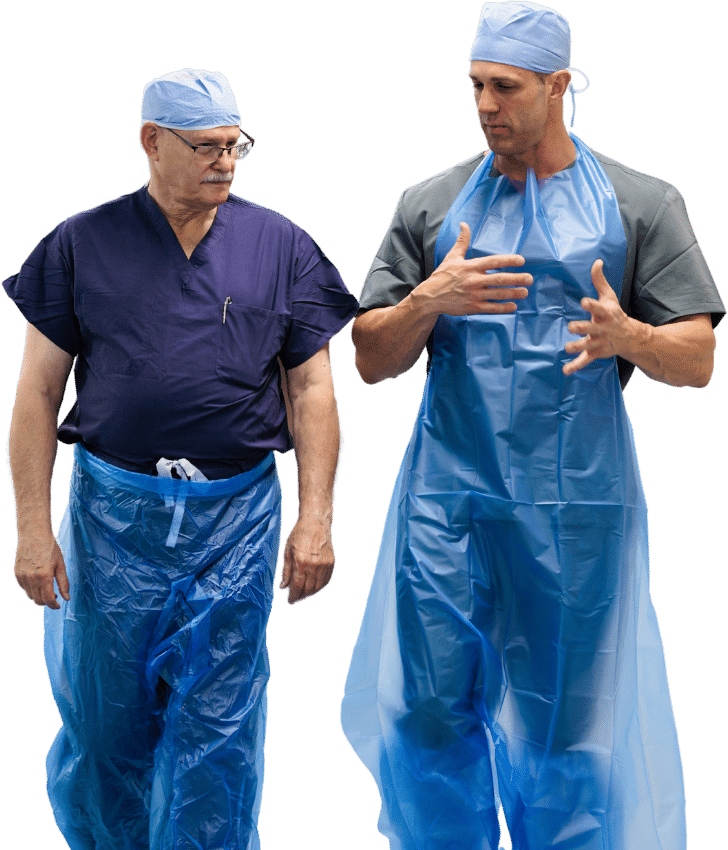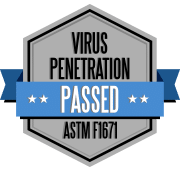Imagine walking into a healthcare facility where everyone feels safe and protected. The first step? Reducing the risk of infection in your facility with high-quality surgical personal protective equipment (PPE).
This isn’t just about safety; it’s also about saving money so that you can provide better care.
Healthcare-acquired infections and worker absenteeism can drain resources quickly and hurt patient care. Poor-quality PPE leads to more patient infections and sicker workers. This can damage a facility’s reputation and increase your healthcare system’s overall costs.
Investing in premium PPE might seem expensive upfront, but it’s smart in the long run. The costs of infections, absenteeism, and reputation loss are far greater. Here are the costs behind each of those risks and the ways that premium surgical PPE can actually save your facility money.
Can High-Quality Surgical PPE Actually Save You Money?
High-quality PPE is made from the highest-quality, ASTM-tested material in North American facilities that are less susceptible to strikes, shutdowns, and tariffs. It’s shipped by reputable, fast carriers to ensure that even emergencies like the COVID-19 pandemic don’t disrupt your operations. Premium PPE manufacturers should actively help you avoid supply chain disruptions.
Because of this, high-quality PPE can cost more upfront. It uses superior materials and is crafted in reputable facilities closer to home. These manufacturing facilities pay better wages and adhere to higher standards for quality, health, and testing than overseas manufacturers.
However, investing in this premium PPE often brings long-term savings by cutting the incidence rate of healthcare-acquired infections, reducing the number of sick days taken by healthcare workers, and helping your facility maintain a reputation for quality care.
The Cost of Healthcare-Acquired Infections
Millions of healthcare-acquired infections (HAIs) occur each year worldwide. In the U.S. alone, about 1.7 million HAIs happen annually. These infections lead to significant costs for hospitals, often running into the millions of dollars.
For a single hospital, each infection can cost anywhere from $20,000 to over $45,000. This includes additional treatment, extended stays, and other medical expenses.
For example, a single surgical site infection can cost your hospital $25,000. And a bloodstream infection averages $45,000 cost to the hospital per case!
Considering these figures, and according to a paper published in PLOS Global Public Health, the ROI on proper PPE for dangerous infections is astounding.
For MRSA, the cost of adequate PPE for one healthcare worker encounter is $0.88. For less than a dollar, you get a 53% risk reduction in infection.
According to that same study, the cost to provide adequate PPE for a healthcare worker encounter with an Ebola patient is $13.04, which is associated with a 97% risk reduction in infections.
Reducing these and other infections is crucial for patient safety and the financial protection of your health system. Using high-quality PPE can help lower infection risks and cut these unnecessary costs.
The Cost of Health Care Worker Sickness Absenteeism
Inadequate personal protective equipment (PPE) like low-quality surgical gowns, flimsy shoe and boot covers, and unsanitary rigid patient transfer boards puts healthcare workers at risk.
This means more of your staff are likely to get sick from infections. When health workers take sick days, your hospital faces extra costs. These costs are not only from hiring temporary staff but also from delayed, or deferred, patient care.
For a better understanding, here’s a breakdown of costs due to absenteeism:
| Category | Cost Implications |
| Temporary Staff Hiring | Additional payroll expenses |
| Overtime for Existing Staff | Increased labor costs |
| Services Delays | Reduced patient satisfaction |
| Treatment Costs for Workers | Further medical claims expenses |
Estimates show these preventable sick days can cost hospitals thousands of dollars yearly. Each sick day taken by a worker adds up. Imagine if 50 workers take ten days off each year due to infections. That’s 500 sick days!
Having high-quality PPE could significantly reduce these numbers. It ensures healthcare workers are safer and protects patients, too. Hospitals then save on the extra costs and improve overall care.
The Value of Your Healthcare Facility’s Reputation
Infection control is crucial for a hospital’s reputation. A facility with effective measures attracts trust and confidence from patients and families – and avoids negative reviews and opinions.
When hospitals fail to control infections, it can lead to an increase in COVID-19 cases, MRSA cases, C. Diff cases, and other dangerous infections. This not only impacts patient safety but also tarnishes a hospital’s reputation.
If your hospital treats Medicare patients, you participate in the Hospital Consumer Assessment of Healthcare Providers and Systems (HCAHPS) scoring program. Your HCAHPS scores are measures of patient satisfaction with hospital care.
Low HCAHPS scores can negatively affect a hospital or health system’s reputation and limit the amount of Medicare funding it receives. In 2019, $1.9 billion in value-based payments was available to hospitals for inpatient care.
Plus, losing a dissatisfied patient can cost a health system nearly $500,000 over that individual’s lifetime in lost opportunity. And if that person leaves negative online reviews, that number increases exponentially.
Premium PPE Pays Off In the Long Run
Investing in high-quality surgical PPE leads to significant cost savings for healthcare settings, despite higher initial expenses.
Premium PPE reduces the risk of infection among healthcare workers, lowering treatment costs associated with workforce illness. It enhances patient care by ensuring protections aren’t compromised. Economic evaluations confirm that high-quality PPE delivers long-term benefits across healthcare organizations.
Sensitivity analyses reveal that even small improvements in PPE quality can substantially optimize medical costs. Healthcare systems experience fewer economic impacts and improved financial planning due to consistent protection and reduced infectious disease spread.
This investment is crucial in maintaining an efficient healthcare system, especially during health emergencies like the COVID-19 pandemic.
Try the Premium PPE Designed By Surgeons, For Surgeons
Our PPE is designed by surgeons, for surgeons, and we take pride in producing truly impervious and slip-resistant ISO medical-grade covers, tested with the highest quality protection against fluids and contaminants.
Sloan Medical is confident that if you try our products, you’ll never go back. So, before you go, claim your free STA-DRI and ezGLIDE samples and see the difference for yourself.





